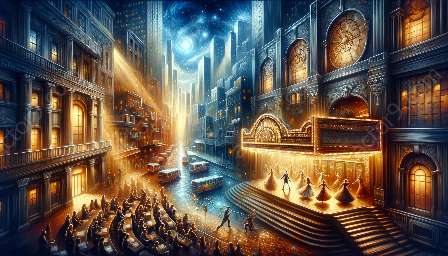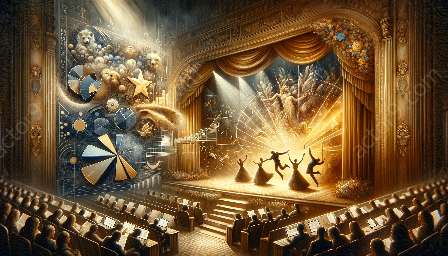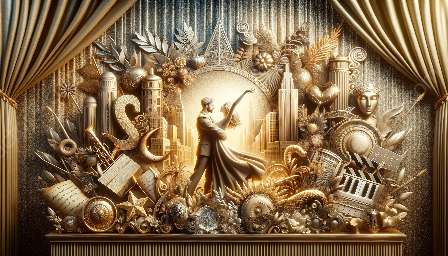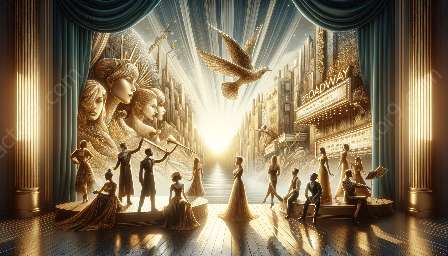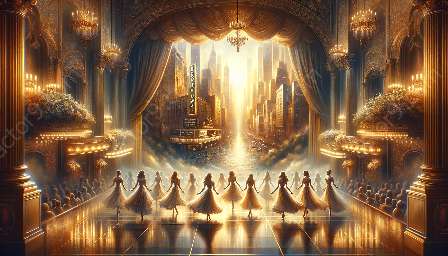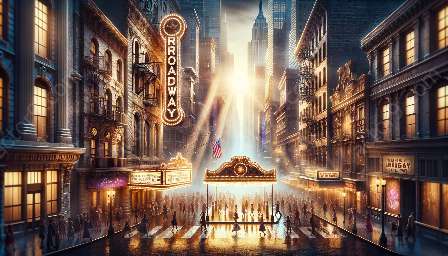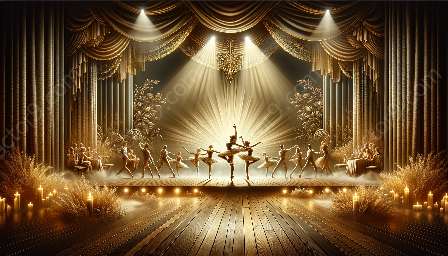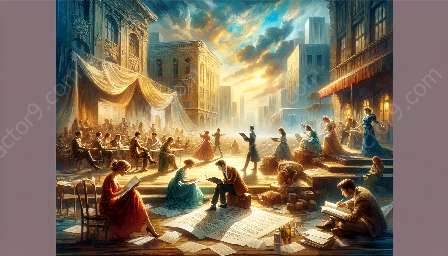Broadway theatre criticism is a dynamic and multi-faceted field that plays a crucial role in shaping public perception and influencing the future of performing arts. With its rich history and influence, Broadway has been a hub for creativity, talent, and innovation, garnering both acclaim and scrutiny from critics and audiences alike. This comprehensive topic cluster delves into the intricacies of Broadway theatre criticism, analyzing various aspects of theatrical performances in the context of musical theater and the broader realm of performing arts.
The Art of Critiquing Broadway Theatre
Criticism in the realm of Broadway theatre encompasses the evaluation and analysis of theatrical productions, encompassing various elements such as acting, directing, set design, costume, and the overall impact of the performance on the audience. Critics often aim to provide an informed and insightful perspective, aiming to enlighten and engage readers in discussions about the nuances of each production.
It is essential to recognize that Broadway theatre criticism goes beyond mere subjective opinions; it involves a deep understanding of the craft, an appreciation for the history of the performing arts, and a keen eye for discerning details that contribute to the success or shortcomings of a production.
Exploring the Elements of Musical Theater
Broadway is renowned for its significant contributions to the world of musical theater. From iconic performances to groundbreaking productions, the genre has continuously pushed boundaries and redefined the art of storytelling through music, dance, and theatrical performances. Criticism within the realm of musical theater requires an in-depth understanding of the unique challenges and opportunities presented by this genre.
From the vocal prowess of performers to the choreography, orchestration, and narrative structure, critics must assess the integration of these elements to convey the intended emotions, themes, and messages of a musical production. This exploration involves evaluating the coherence, originality, and impact of the music and lyrics, as well as the seamless integration of performance with the theatrical components of a production.
Contextualizing Criticism within the Performing Arts
Broadway theatre criticism also extends its influence to the broader realm of performing arts, which encompasses a wide array of theatrical experiences beyond musical theater. This includes traditional plays, avant-garde performances, experimental theater, and various forms of dramatic expression that challenge conventions and expectations.
Critics within the performing arts sphere navigate through diverse genres and styles, engaging with the multifaceted nature of acting, directing, dramaturgy, and the cultural, social, and political contexts that shape each production. Understanding the historical significance of different theatrical movements and the evolution of acting techniques allows critics to provide a thorough evaluation of performances within the context of the broader spectrum of the performing arts.
The Role of Critics in Shaping the Theatrical Landscape
Broadway theatre criticism plays an integral role in influencing the trajectory of the theatrical landscape. Critics serve as advocates for artistic excellence and integrity, challenging the status quo and promoting thought-provoking conversations regarding the artistic direction, societal relevance, and creative innovations within the world of theater.
Furthermore, the impact of reviews on audience perception and box office success underscores the significance of critics as cultural influencers. As such, a nuanced and constructive approach to criticism can contribute to the development of a thriving and diverse theatrical scene, fostering a culture of continuous improvement, innovation, and inclusivity within the performing arts community.
Embracing Diversity and Inclusivity
As Broadway and the wider performing arts landscape continue to evolve, it is imperative for critics to recognize and celebrate diversity and inclusivity within theatrical productions. By critically engaging with the representation of diverse voices, experiences, and perspectives on stage, critics can contribute to a more equitable and representative portrayal of humanity and storytelling within the performing arts.
Embracing inclusivity also extends to acknowledging the evolving forms of theatrical expression, including digital and immersive experiences, as well as the integration of cutting-edge technologies in the creation of performances. Critics have the opportunity to champion emerging voices and innovative approaches, thereby enriching the fabric of the theatrical tapestry and broadening the horizons of artistic exploration for both practitioners and audiences.
Fostering Dialogue and Engagement
Broadway theatre criticism serves as a catalyst for meaningful dialogue and engagement, fostering an environment where artists, audiences, and critics can actively participate in thought-provoking discussions about the craft of theater and the impact of theatrical productions on society.
By providing platforms for diverse perspectives and promoting critical discourse, critics contribute to a more inclusive and participatory theater culture. Creating spaces for constructive feedback and reflection can nurture a community that values introspection and continuous learning, ensuring the vitality and relevance of the performing arts in an ever-changing world.
Conclusion
Broadway theatre criticism is an essential component of the vibrant tapestry of the performing arts, offering insights, reflections, and critiques that resonate with the rich history and ever-evolving landscape of theatrical expression. By delving into the art of critiquing Broadway productions, understanding the complexities of musical theater, and contextualizing criticism within the broader performing arts sphere, this topic cluster aims to inspire a deeper appreciation for the transformative power of theater and the invaluable role of criticism in shaping its narrative.





